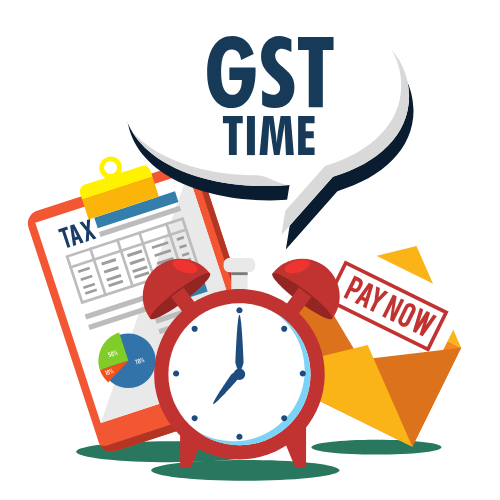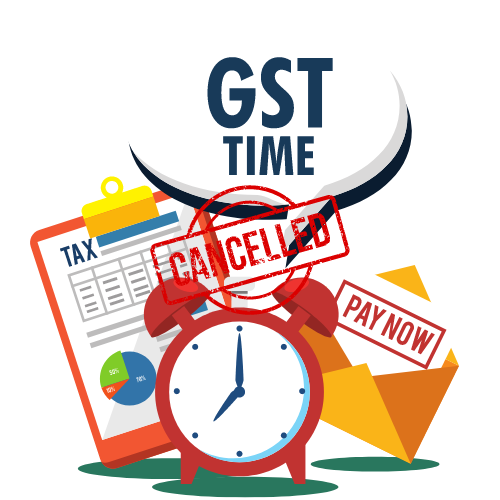How to Handle Multiple GST Registrations in Return Filing
Learn how to efficiently handle multiple GST registrations in return filing to ensure compliance with tax regulations and streamline the process for your business. This guide provides helpful tips and best practices to simplify the management of multiple GST registrations and facilitate smooth return filing.
How to Handle Multiple GST Registrations in Return Filing
Managing multiple GST registrations can be a complex task for businesses. However, by following some best practices and tips, you can handle multiple GST registrations efficiently in return filing. This guide will provide you with helpful insights to streamline the process and ensure compliance with tax regulations.
1. Keep Track of all Registrations
The first step in handling multiple GST registrations is to maintain a detailed record of all your registrations. This includes keeping track of the GSTIN, registration type, and the jurisdiction of each registration. By organizing this information, you can easily access it when filing returns and ensure accuracy in your filings.
2. Understand the Different Return Filing Requirements
Each GST registration may have different return filing requirements based on the type of business activities and turnover. It is essential to understand the specific requirements for each registration to avoid any discrepancies in your filings. Make sure to stay updated with the latest regulations and changes in return filing procedures.
3. Invest in Accounting Software
Using accounting software can significantly simplify the process of managing multiple GST registrations. These software tools can help you track sales, purchases, and input tax credits for each registration separately. They also generate accurate tax reports and facilitate easy return filing, saving you time and effort.
4. Maintain Separate Records for Each Registration
It is crucial to maintain separate accounting records for each GST registration to ensure compliance with tax regulations. Keep detailed records of all transactions, invoices, and tax payments related to each registration. This will help you reconcile your accounts and file accurate returns for each registration.
5. Regularly Reconcile Accounts
Regular reconciliation of accounts is essential when handling multiple GST registrations. Reconcile your sales, purchases, input tax credits, and tax payments for each registration to identify any discrepancies or errors. This process will help you maintain accurate financial records and ensure compliance with tax regulations.
6. Seek Professional Assistance
If you find it challenging to manage multiple GST registrations on your own, consider seeking professional assistance. Hiring a tax consultant or accountant with expertise in GST can help you navigate complex tax regulations and ensure accurate return filing for all your registrations.
7. Utilize Online Portals for Filing Returns
Make use of online GST portals for filing returns for multiple registrations. These portals provide a user-friendly interface to file returns, make tax payments, and generate tax invoices. By using online portals, you can streamline the return filing process and eliminate manual errors in your filings.
8. Schedule Regular Compliance Reviews
Conduct regular compliance reviews for all your GST registrations to ensure that you are meeting all tax obligations. Review your filings, invoices, and tax payments to identify any potential issues or errors. By scheduling regular compliance reviews, you can proactively address any compliance issues and avoid penalties for non-compliance.
9. Train Your Staff on GST Compliance
Provide training to your accounting and finance staff on GST compliance to ensure that they are well-equipped to handle multiple registrations. Train them on the latest GST regulations, return filing procedures, and record-keeping requirements. This will help them accurately manage GST registrations and streamline the return filing process.
10. Stay Updated with Regulatory Changes
It is essential to stay updated with regulatory changes and updates in GST laws to ensure compliance with tax regulations. Subscribe to newsletters, attend seminars, and regularly check government websites for any changes in return filing procedures or tax rates. By staying informed, you can adapt quickly to regulatory changes and avoid penalties for non-compliance.
In conclusion, handling multiple GST registrations in return filing requires careful planning and organization. By following the best practices and tips outlined in this guide, you can streamline the process, ensure compliance with tax regulations, and avoid penalties for non-compliance. Invest in accounting software, maintain accurate records, seek professional assistance when needed, and stay updated with regulatory changes to efficiently manage multiple GST registrations in return filing for your business.
Latest Updates
ca4filings.com Services




























-registration.png)



